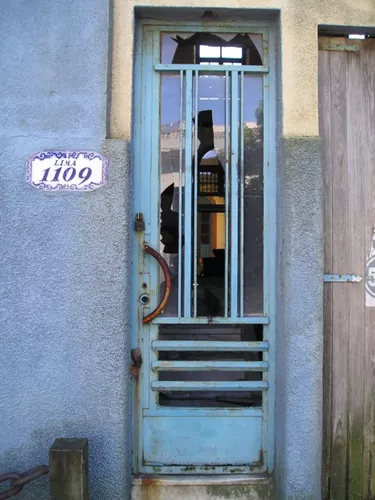
Go green by sealing up those drafts and breezes around doors. Reducing your energy use decreases energy bills and your "footprint," or impact, on the environment. Simple steps such as replacing storm doors will significantly reduce your heating and cooling costs in a home. New energy-efficient storm doors will seal out winter breezes and keep in cool air conditioning. Tax credits have been established by the government to encourage investment in energy-saving green products. Energy-efficient products conserve energy and reduce costs to consumers by using the latest energy-conservation materials available.
Step 1
Understand all of the cost savings available for using these new energy-efficient tax credits before buying new storm doors. The American Recovery and Reinvestment Act of 2009 has introduced new tax credits for 30 percent of the total cost of new energy-efficient storm doors, with a maximum eligible amount of $1,500. For example, doors costing $300 will be eligible for a $90 tax credit. If you are under the $1,500 allowance, other products, such as energy-efficient storm windows, can be included. So $300 in doors and $1,000 in windows would equal $1,300 total, for a tax credit of $690. If your total energy-efficient door costs $5,000, the maximum eligible for a tax credit is $1,500
Video of the Day
Step 2
Find new storm doors that meet the specific energy-efficient requirements. Products with the Energy Star seal are not all eligible for this tax credit. The IRS allows a tax credit only on exterior door products that meet specific requirements. Storm doors must meet the International Energy Conservation Code for the climate where they are being installed. Climate regions may differ in what products are eligible for a tax credit.
Step 3
Purchase energy-efficient storm doors for installation. There are a variety of options available. Check with the vendor to make sure the storm doors purchased are eligible for energy-efficient tax credits in your region.
Step 4
Maintain records of your storm door purchase, and save all your receipts. The IRS recommends saving the Manufacturers Certification Statement as well. This certification should be included with your purchase. The Internal Revenue Service will not require the certificate to be filed with taxes. The certificate just ensures that you are purchasing the correct product for your region to qualify for the tax credit savings.
Step 5
File for the tax rebate using IRS Tax Form 5695. This form will be ready for the 2010 tax year. The rebate should be claimed when filing taxes.
Tip
This new energy tax credit replaces the previous tax credits allowable as set in the Energy Policy Act of 2005. The old policy limited the tax credit to a maximum of $500. The new tax credit limit is $1,500. Tax credits are a substantially better benefit than a tax deduction. A tax credit of $1,500 will lower your taxes by $1,500. Expenses eligible for a tax deduction of $1,500 will only result in a small portion of the $1,500 being returned to the consumer.
Warning
This report is meant to serve as a general guideline. Always consult with a tax professional to receive the most up-to-date tax information.
Things You'll Need
Receipt for storm doors
Manufacturer Certification Statement
Video of the Day